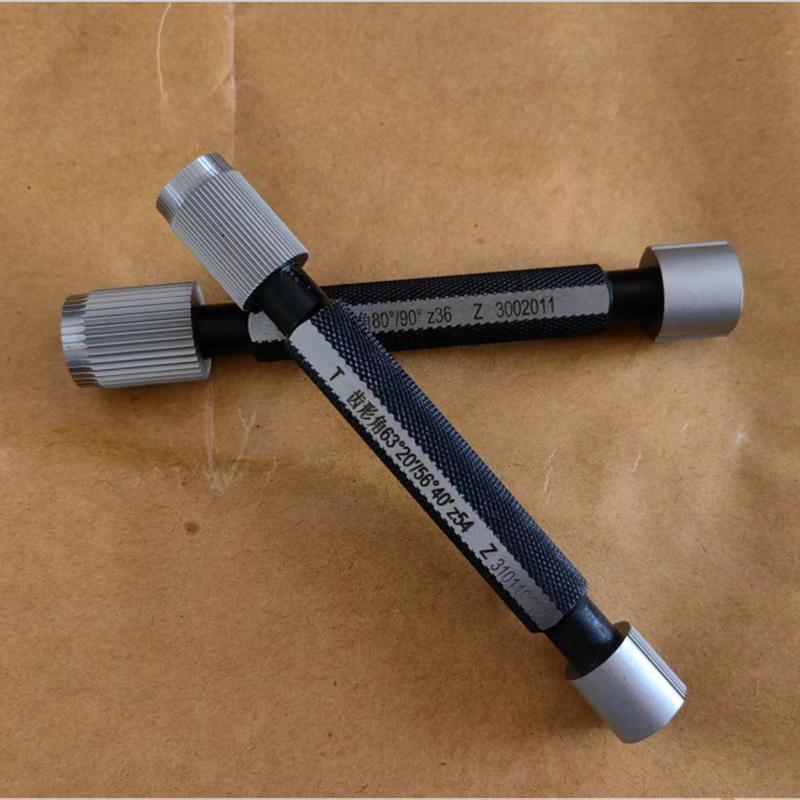Aug . 30, 2024 10:13 Back to list
Precision Runout Tester | Accurate Measurement Solutions
Understanding Runout Testers Ensuring Precision in Manufacturing
In the world of manufacturing and engineering, precision is paramount. The intricacies of mechanical components necessitate accurate measurements to ensure that parts function correctly and efficiently. One essential tool in achieving this level of precision is the runout tester, a device used to measure the deviation of a rotating component from its true geometric axis.
Runout refers to the variation between the measurable position of a component at its maximum and minimum positions as it rotates. This can lead to unwanted vibrations, wear and tear, or even catastrophic failures if left unchecked. Therefore, assessing runout is crucial in various industries, including automotive, aerospace, and machinery manufacturing.
Runout testers typically consist of a dial indicator mounted on a stable base, with a spindle that contacts the rotating part. As the component rotates, the dial indicator measures and displays the maximum and minimum deviations from the true center. Runout can be classified into two main types radial runout and axial runout. Radial runout examines the perpendicular distance from the center of the component to the outer edge, while axial runout focuses on the variation in the axial direction, which is critical for applications requiring precise alignment.
The process of measuring runout is relatively straightforward. First, the component is securely mounted on a spindle or fixture. Once in place, the operator spins the component, watching the dial indicator for any fluctuations in the readings. A perfectly calibrated part will show minimal variation, while a significant deviation may indicate that realignment, machining, or other corrective actions are necessary.
runout tester

In industrial settings, maintaining tolerance levels is essential for ensuring product quality. For instance, in the automotive industry, runout tests are vital for rotating parts such as wheels and brake discs, where excessive runout can compromise safety and performance. For rotating machinery, like turbines or pumps, excessive runout could lead to imbalances, increased wear, and energy inefficiencies.
Furthermore, advancements in technology have led to the development of digital runout testers, which offer enhanced accuracy and the ability to store measurements for analysis. These modern devices often feature features such as data logging, statistical analysis, and connectivity options for integration into broader manufacturing systems. Such enhancements not only streamline the measurement process but also improve the workflow, allowing for real-time monitoring and adjustments.
Despite the evolution of technology, the core principle behind runout testing remains unchanged ensuring that components are produced to the highest standards. It is a small but vital part of quality control in manufacturing processes, contributing significantly to the overall performance and reliability of products.
In conclusion, runout testers are indispensable tools in precision engineering. By effectively measuring and minimizing runout, manufacturers can uphold the quality and safety of their products. Whether through traditional dial indicators or advanced digital systems, ensuring precise measurements fosters a culture of quality that permeates the entire manufacturing process, ultimately leading to greater customer satisfaction and trust in the product.
-
Why Metric Trapezoidal Thread is Ideal for Precision Motion ControlNewsAug.05,2025
-
The Unique Properties of a Block of Granite for Industrial UseNewsAug.05,2025
-
The Role of Flanged Y Strainers in Preventing Pipeline ClogsNewsAug.05,2025
-
The Importance of Regular Calibration for Master Ring GagesNewsAug.05,2025
-
How a Cast Iron Surface Table Enhances Accuracy in ManufacturingNewsAug.05,2025
-
Comparing Different Check Valve Types for Optimal Flow ControlNewsAug.05,2025
Related PRODUCTS









